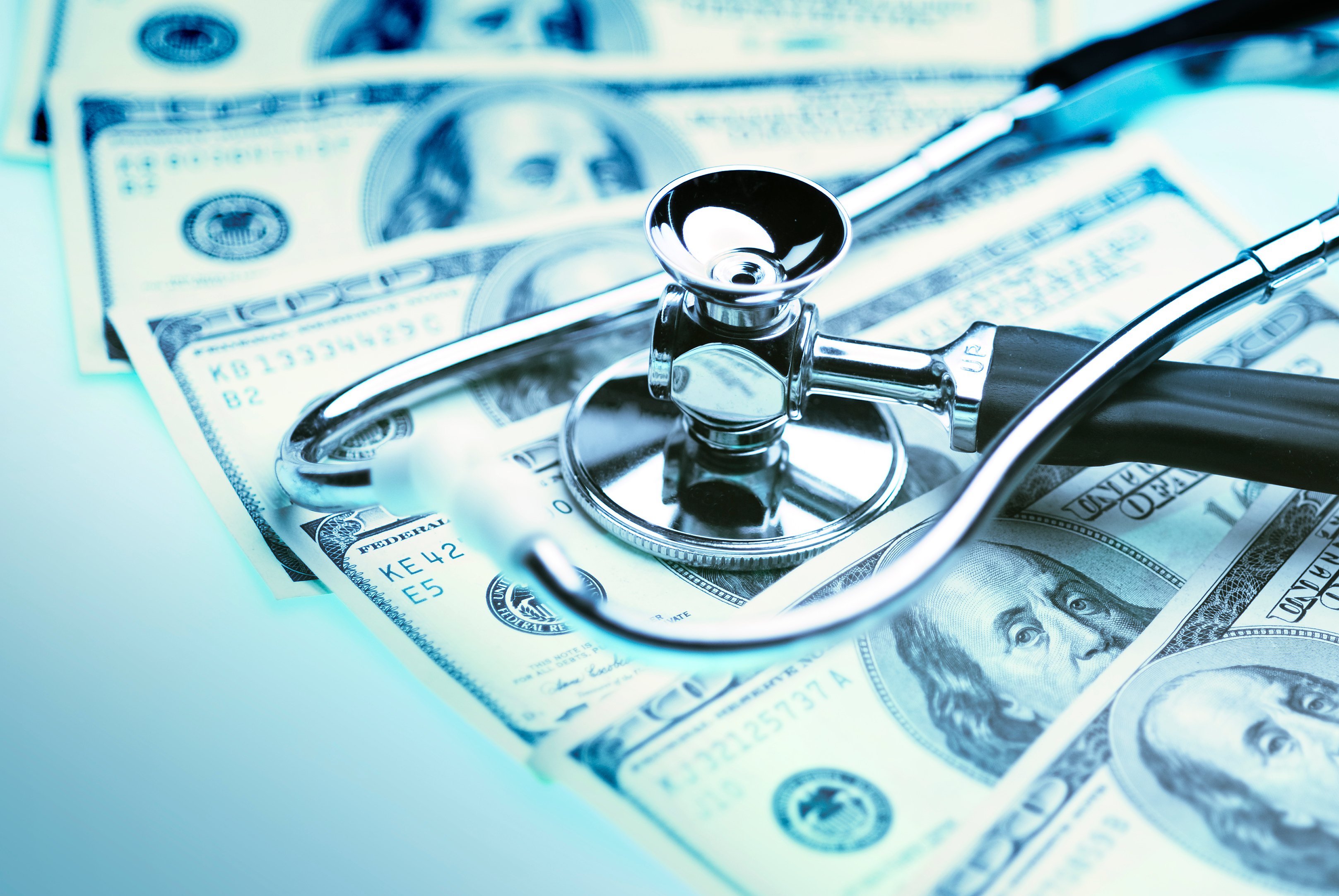UnitedHealth Group Inc (UNH 1.05%) is one of the largest health insurance and healthcare service providers in the U.S. Over the last five years, UnitedHealth has seen its share price rise by 145%, outperforming the broad market by a wide margin.
The company is also known to pay out a healthy and increasing dividend year after year, meaning UnitedHealth can be a fit for any portfolio, regardless of whether you're looking for capital gains or income.
Let's have a quick look at three key metrics to understand how it's delivering these market-beating gains and capital returns.

Image source: Getty Images
Bottom-line growth
Over the past five years, UnitedHealth has seen its earnings-per-share (EPS) surge from $6.01 in 2015 to $14.33 as of last year. This annual double-digit earnings growth has come on the back of strong results from both of the company's primary divisions: United HealthCare (the insurance arm) and Optum (which provides health services to a wide range of clients).
In the fourth quarter, for example, the company expanded its customer base across its Medicare Advantage and commercial benefits products. Management noted during the earnings call:
We finished the year encouraged by continued performance improvement in Medicaid. Early market interest in our new innovative line of employer-sponsored benefit offerings and 2020 individual Medicare Advantage annual enrollment results, were our strongest ever. Within our Medicare Advantage offerings, including dual eligible growth, we expect to serve nearly 700,000 more people in 2020, the upper end of the range of performance offered at our investor conference.
As for Optum, growth has been fueled by expansion into new geographies and services and with increased adoption of its OptumInsight offerings, which grew its backlog 10% year over year last quarter to $19.2 billion. Overall, management is upbeat on the role that the OptumInsight business will play in the future:
As we turn into the new decade, we stand at potentially formative moment where the application of leading 21st century technology and machine-powered analytical protocols will open up for the first time the opportunity to create ever more precise predictions of individual and system health status and risk.
Even with the uncertainty surrounding the coronavirus criss, UnitedHealth remains bullish about its future and was able to reaffirm its outlook for 2020, which should see earnings come in between $15.45 and $15.75 per share (good for 9% growth at the midpoint). But longer term, the company estimates annual earnings growth will average 13% to 16%, an impressive target for a $275 billion operation.
An expanding customer base
In 2019, UnitedHealthcare served 49.15 million people, up from 46.40 million in 2015. The company added 845,000 new commercial customers along with 325,000 new Medicare Advantage policyholders during the year.
At Optum, the company has enjoyed similar growth with 96 million customers served in 2019. That figure was up 3.2% from the prior year, and its bright future is evident from this business description, "We offer a comprehensive portfolio of services for data mining and predictive modelling to help over 250 national, state, and local health plans and others ensure appropriate payments for services, saving billions annually." UnitedHealth is in a unique competitive position as it can analyze healthcare data from nearly 240 million people, resulting in high-value insights.
A future aristocrat?
The healthcare giant raised its quarterly dividend 20% last June to $1.08 per share, giving the stock a yield of 1.5%. UnitedHealth has raised its dividend every year since 2010, and in that time, the annual payout has increased at a compound annual rate of 30%.
At these levels, the company is paying out less than 30% of its earnings as dividends, which leaves it with significant breathing room should earnings drop from a black swan event in the future. The safety of UnitedHealth's dividend is further supported from a free-cash-flow perspective. On this front, UnitedHealth paid out just 25% of free cash flow as dividends last year.
While the 1.5% yield might seem meager to some income investors, the payout's rapid growth means that patient investors should be rewarded over time as the company continues it march toward Dividend Aristocrat status.
Taken together, these numbers make UnitedHealth an attractive business that deserves a place in any portfolio.






